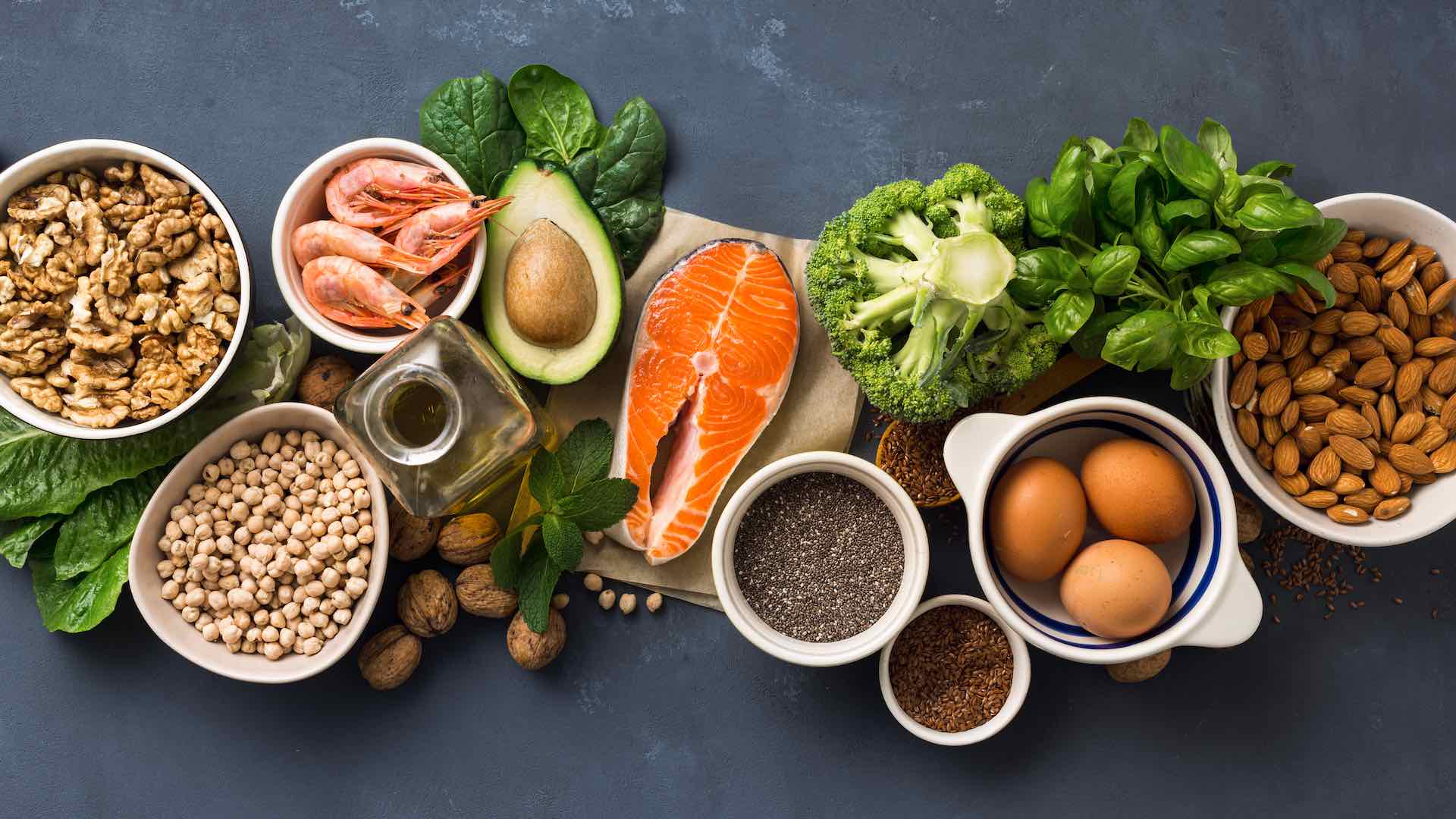Protein-packed foods for better health in navigating hypertension
Managing high blood pressure is a health priority for millions globally, with dietary choices playing a pivotal role in this battle. While the focus often lies on reducing salt and unhealthy fats, the power of protein in regulating blood pressure is frequently overlooked. This article delves into the importance of incorporating a variety of proteins, both from animal and plant sources, into the diet to aid in controlling hypertension. Recent studies, including a notable one in 2022 published in “Hypertension,” have shown that a diverse protein intake can significantly reduce the risk of developing high blood pressure.

Proteins are vital due to their breakdown into amino acids, which are crucial for tissue repair, growth, and overall bodily function. As per the National Library of Medicine, while the body can synthesize some amino acids, others must be sourced from diet, emphasizing the importance of protein-rich foods. Here are six high-protein foods to consider for those managing high blood pressure.
Fish: A versatile protein source, fish varieties like salmon and halibut are not only rich in quality animal protein but also boast high potassium levels. The American Heart Association underscores potassium’s role in easing blood vessel tension and mitigating the adverse effects of excessive sodium.
Eggs: Once scrutinized for cholesterol, eggs have regained their status as a nutritious choice, rich in vitamin A, selenium, B vitamins, and antioxidants like lutein and zeaxanthin. These antioxidants are not only beneficial for eye health but also associated with a reduced risk of hypertension, as per a 2022 study in “Frontiers in Nutrition.”
Nuts and Seeds: Enjoy a variety of nuts and seeds such as walnuts, almonds, and pumpkin seeds. They offer not just high-quality protein, but also antioxidants that may reduce oxidative stress, a factor in heart health, according to a 2020 study in “Nutrients.”
Quinoa: This ancient grain is a complete protein, providing all nine essential amino acids. It’s also rich in folate, a B vitamin linked to reduced cardiovascular risk, as highlighted in a 2023 study in “Hypertension Research.”
Poultry: Chicken and turkey, rich in L-arginine, an amino acid that converts to nitric oxide in the body, relaxing blood vessels and potentially lowering blood pressure. This fact is supported by the National Library of Medicine.
Legumes: A cornerstone of plant-based diets, legumes like lentils, chickpeas, and various beans are not only protein-rich but also high in potassium and fiber, instrumental in heart health according to the AHA.
Adopting a diet rich in these protein sources can be a transformative strategy for those managing high blood pressure. Beyond just medication, integrating a variety of fish, eggs, nuts, seeds, quinoa, poultry, and legumes can pave the way towards improved cardiovascular health. This approach aligns with the growing body of research that supports dietary diversity as a key factor in heart health. For those navigating the complexities of hypertension, these dietary adjustments offer a practical and healthful avenue for better managing their condition.
